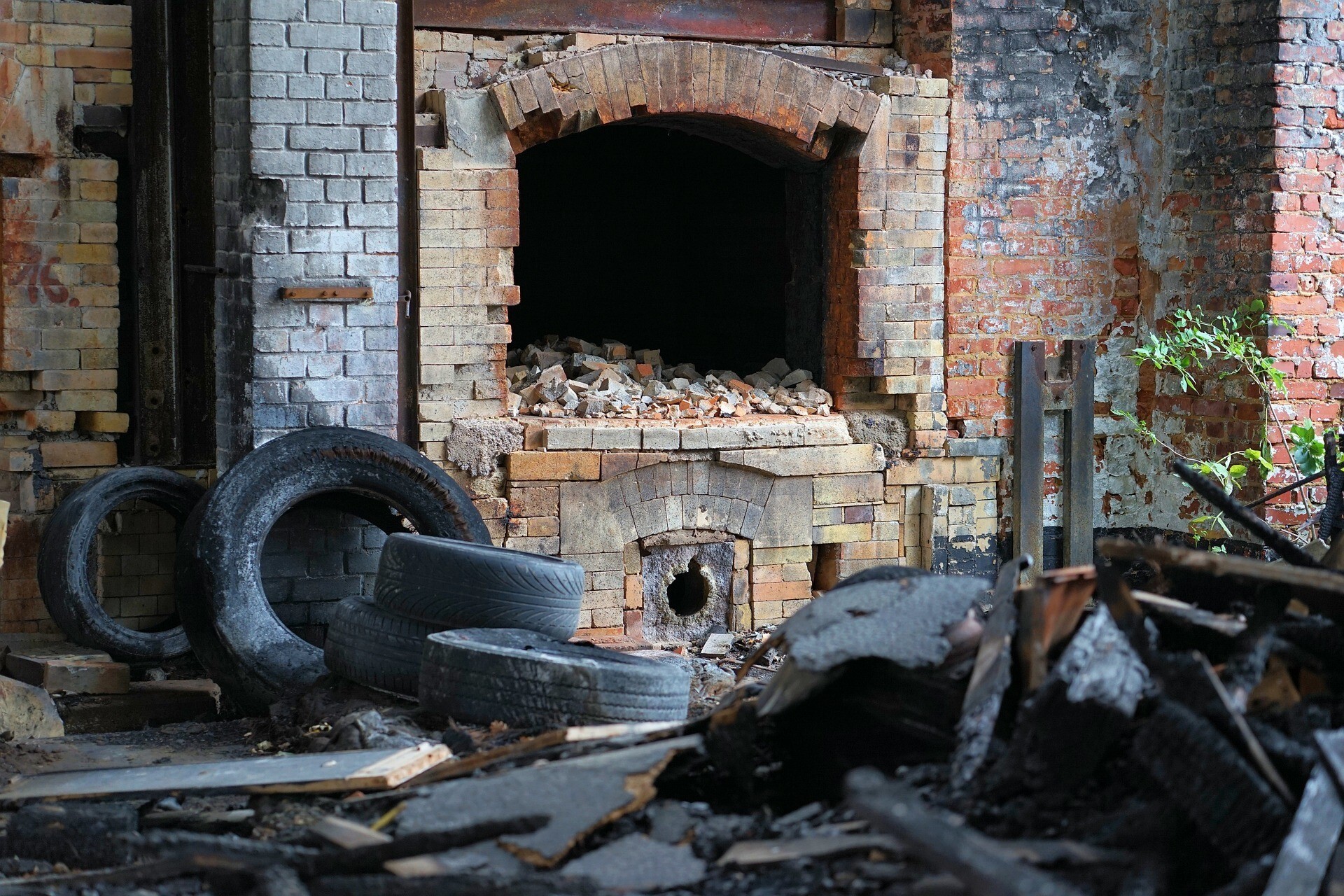

Leftover degraded soil at a closed-off aluminium facility located North of Columbia Falls will be converged and capped as per a chalked-out plan published last week by the U.S. Environmental Protection Agency (EPA).
 Image for representational purposes only
Image for representational purposes only
The EPA has figured out the doable for the Columbia Falls Aluminum Company site along the Flathead River after 15 years of the plant’s shutdown and even eight years after the site made it to the National Priorities List, popularly known as the Superfund list. The 432-page Record of Decision majorly reminisces a rough version that was denounced by quite a few univocal locals who demanded the EPA to force the site’s owner, mining giant Glencore, to altogether excavate the contaminated soil.
In the press release published on January 10, EPA officials announced that the final Record of Decision marked a transition from “The investigative phase to the cleanup implementation stage at the site.” The decision was made public in coordination with the Montana Department of Environmental Quality, which supports the selected remedy of consolidating and capping the contaminants.
“This cleanup plan reflects years of collaboration and is a crucial step in finalising a comprehensive set of cleanup actions that will protect the health of the community and the environment,” stated EPA Regional Administrator KC Becker, also sharing, “In partnership with Montana DEQ and the Columbia Falls community leaders, we have worked to ensure public participation and transparency throughout the process. We are moving forward now to get the cleanup underway, protect the Flathead River and move towards a safer, healthier future for everyone who calls the Columbia Falls area home.”
After World War II, the demand for aluminium surged, and the Pacific Northwest, with its abundant hydroelectric power, became a key hub for the industry, hosting 10 large plants across Washington, Oregon, and Montana. At its peak, over 11,000 people were employed in aluminium production in the region. In 1955, the Anaconda Copper Mining Company established the Columbia Falls Aluminium Company (CFAC) near Teakettle Mountain, close to the newly built Hungry Horse Dam, which supplied its power. The plant became Flathead County’s largest employer, solidifying Columbia Falls as the industrial centre of the Flathead Valley. However, environmental issues soon surfaced. By 1969, U.S. Forest Service researchers reported the harmful effects of fluoride emissions from the plant on local plants and wildlife, alongside other pollutants such as sodium and cyanide.
The plant’s ownership swapped a few times in the latter half of the 20th century, finally being acquired by Glencore in May 1999. Glencore idled the plant in January 2001 due to electricity cost spike. It was restarted a year later but never reached full capacity and was permanently closed in October 2009.
In September 2016, after prolonged negotiations, the site was designated a Superfund site. The Superfund area covers about 1,340 acres, preliminarily concentrated on 200 acres near former landfills for aluminium smelting waste. In 2023, the EPA proposed to leave most of the waste in place, encasing it with a slurry wall to prevent groundwater contamination and reported that nearby Flathead River contaminants were not affected.
However, the local group Coalition for a Clean CFAC were not all in on this plan, backing toxic soil to be extracted and moved to an Oregon landfill. The EPA thought through this option but ultimately rejected it due to costs and transportation risks.
Peter Metcalf, a Columbia Falls resident and board member for Coalition for a Clean CFAC, said Monday that he was disappointed that the final Record of Decision was mostly unchanged from the EPA’s initial draft and that the toxic material would remain on site. He said that Glencore, one of the world’s largest mining companies, had the resources to clean up the site appropriately.
“We’re obviously disappointed that the EPA has put Glencore’s interests over those of the Columbia Falls community,” he said.
While the final Record of Decision was a major moment in the saga of the CFAC Superfund, Metcalf said his group planned to remain involved in the process moving forward.
The consolidation and capping of the soils at the site are expected to take two to four years and cost Glencore an estimated $57.6 million. Groundwater on the site will also be monitored in the future to ensure the remedy is working. The EPA is now working on a consent decree with Glencore to enact the plan.
Last year, Glencore announced that it planned to sell the land around the former aluminium plant site to local developer Mick Ruis. The sale was contingent on the EPA releasing a Record of Decision, with some of the land being transferred following its release and the rest after the cleanup. Ruis plans to develop the land for commercial, industrial and residential uses.
Responses








